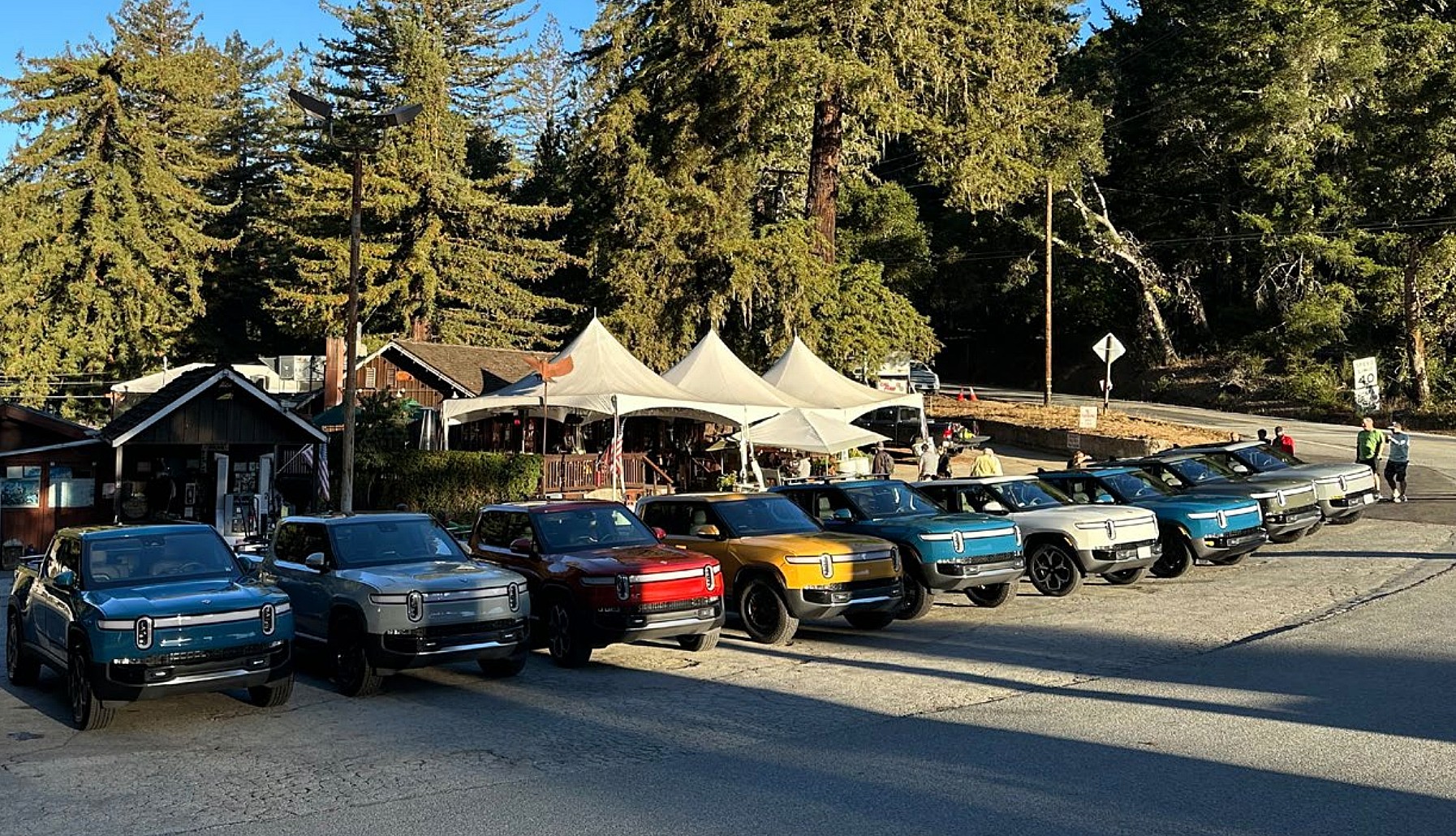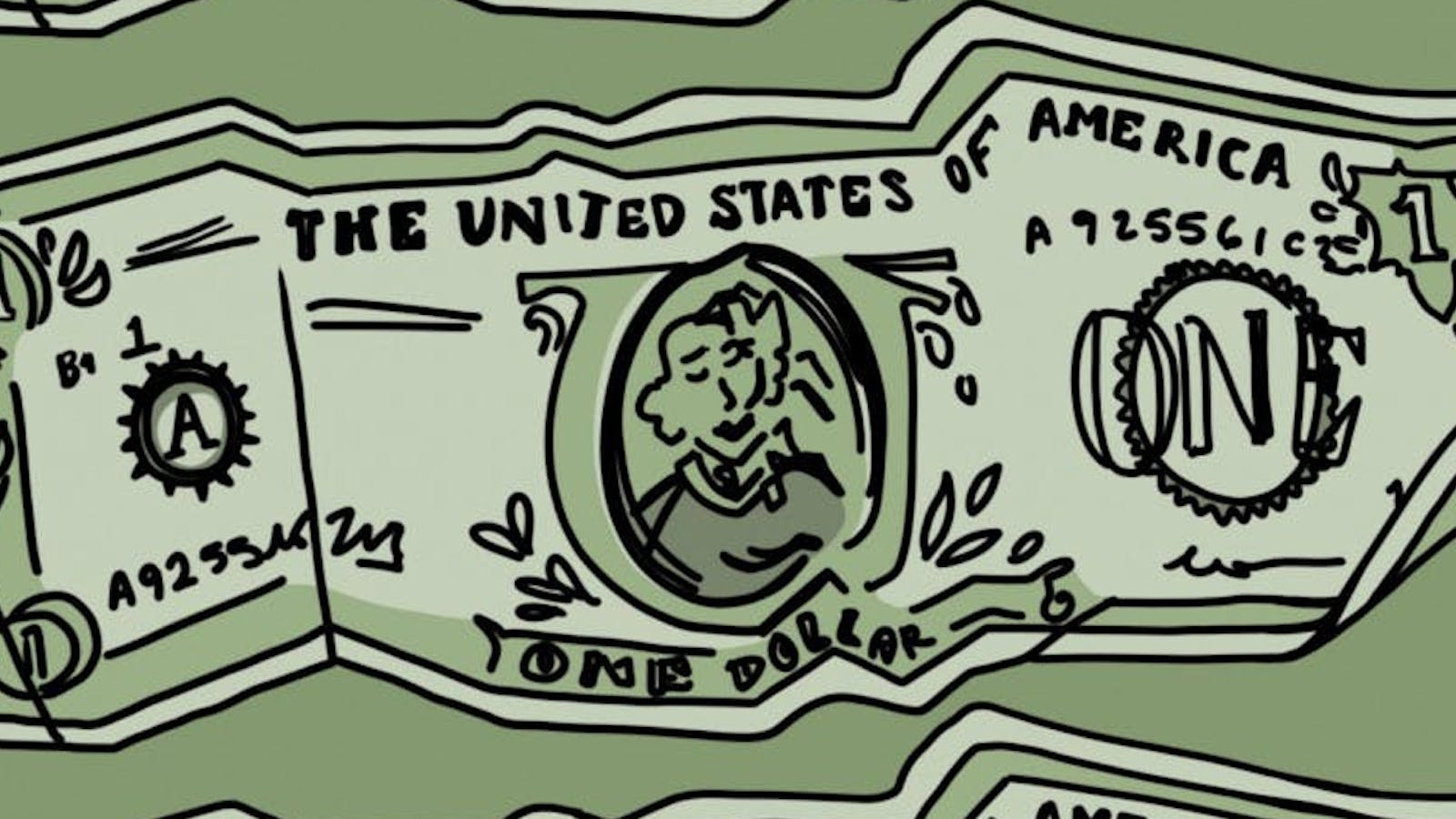"contributing" also raises another often ignored point: In any capital intensive industry there can be, and usually are, products that absorb capex and have the effect of reducing allocated costs per product whether the specific product appears highly profitable or not. Examples abound in the auto industry. The basic model of any brand absorbs costs that would otherwise be allocated only to higher end models. The same applies to components, with high end not having enough volume to make, say, BMS, cheaply enough, so Model 3, Y,X and S share a common BMS.
A typical example is the Volkswagen Golf. Type R and GTI would not be possible without the volumes brought by models like the 1.4 Trendline and it's cheap price. With Tesla all those principles remain, and we know the models in question.
Somehow it seems many of us have no real notion of cost accounting or fixed cost absorption, even though those are essential commonest of scale economies. Many 'analysts' and many of us bemoan Tesla price reductions without understanding the consequences of:
"Tesla Gigafactory Berlin has finally reached its goal to produce 5,000 electric cars in a single week" or: "Tesla's Giga Texas Builds 4,000 Model Ys Per Week" both quotations from 'inside EVs. That, in case we're missing the basics, means the marginal cost of Model Y is becoming cheaper every day as factories volume increase.
There are countless other contributors to Tesla increasing profitability, and we can list them ad nauseum, as we are prone to do here. Somehow despite all the evidence we still obsess over inventory levels of Models S and X even though they are consequences of the increasing diversity of Tesla product choices and, anyway, largely reflect shipping concentrations and other distribution limitations for high price, low volume models. Of course we all remember when they were the only models available, and even when Model S was the only one. Even there we miss that building costs for both have dropped with redesign, and marginal cost has further reduced with parts sharing, notably BMS plus using cells from a fully amortized factory and so much more.
Don't be surprised when the Tesla P&L arrives in a few weeks showing steady margins, greatly increased Free Cash Flow and, as we know, minimal debt.
I shall HODL but have also increased my portfolio concentration of TSLA. That had little to do with the bargain basement prices of past months, welcome though they were at the time, and everything to do with how well Tesla is positioned for recessions and other disruptions. A further risk mitigation is the diversification of sourcing and production in multiple countries insulating investors for excessively single country risk.
Note: Nothing in the foregoing is investment advice as referred to in US SIC code 6282, the UK FCA article 4(1)(4) of MiFID or other regulations since I am not in any way employed as an investment advisor nor certified as such in any jurisdiction.





